Summary
Set in Swinging London, the novel describes one day in the life of Adam Appleby, who lives in constant fear that his wife might be pregnant again with a fourth child in a small flat in Battersea. As Catholics, they are denied any form of contraception and have to play "Vatican roulette" instead. Adam and Barbara have three children: Clare, Dominic, and Edward; their friends ask if they "intend working through the whole alphabet".
In the course of only one busy day several chances to make some money present themselves to Adam. For example, he is offered the opportunity to edit a deceased scholar's unpublished manuscripts; however, when he eventually has a look at them, he feels uncomfortable, realizing that the man's writings are worthless drivel. Also, at the house in Bayswater where he is supposed to get the papers, Adam has to cope with an assortment of weird characters ranging from butchers to a young virgin intent on seducing him.
Lodge's novel makes extensive use of pastiche, incorporating passages where both the motifs and the styles of writing used by various authors are imitated. For instance, there is a Kafkaesque scene in which Adam has to renew his ticket for the British Museum Reading Room. The final chapter of the novel is a monologue by Adam's wife in the style of Molly Bloom's soliloquy in Ulysses .
This use of different styles mirrors James Joyce's Ulysses, a work that is also about a single day. When Lodge's novel first came out quite a number of reviewers and critics, not appreciating the literary allusions, found fault with Lodge for his unhomogeneous writing but in an Afterword written in 1980, he said that in later editions when "the blurb carefully drew attention to the parodies, they were duly noticed and generally approved." [1]
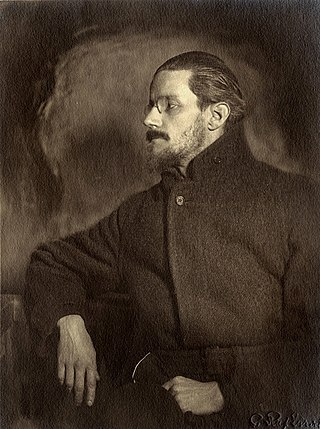
James Augustine Aloysius Joyce was an Irish novelist, poet, and literary critic. He contributed to the modernist avant-garde movement and is regarded as one of the most influential and important writers of the 20th century. Joyce's novel Ulysses (1922) is a landmark in which the episodes of Homer's Odyssey are paralleled in a variety of literary styles, particularly stream of consciousness. Other well-known works are the short-story collection Dubliners (1914), and the novels A Portrait of the Artist as a Young Man (1916) and Finnegans Wake (1939). His other writings include three books of poetry, a play, letters, and occasional journalism.

Sir Walter Scott, 1st Baronet, was a Scottish historian, novelist, poet, and playwright. Many of his works remain classics of European and Scottish literature, notably the novels Ivanhoe (1819), Rob Roy (1817), Waverley (1814), Old Mortality (1816), The Heart of Mid-Lothian (1818), and The Bride of Lammermoor (1819), along with the narrative poems Marmion (1808) and The Lady of the Lake (1810). He had a major impact on European and American literature.

Ulysses is a modernist novel by Irish writer James Joyce. Parts of it were first serialized in the American journal The Little Review from March 1918 to December 1920, and the entire work was published in Paris by Sylvia Beach on 2 February 1922, Joyce's fortieth birthday. It is considered one of the most important works of modernist literature and has been called "a demonstration and summation of the entire movement." According to Declan Kiberd, "Before Joyce, no writer of fiction had so foregrounded the process of thinking."

Martin Louis Amis is a British novelist, essayist, memoirist, and screenwriter. He is best known for his novels Money (1984) and London Fields (1989). He received the James Tait Black Memorial Prize for his memoir Experience and has been listed for the Booker Prize twice. Amis served as the Professor of Creative Writing at the Centre for New Writing at the University of Manchester until 2011. In 2008, The Times named him one of the fifty greatest British writers since 1945.
In literary criticism, stream of consciousness is a narrative mode or method that attempts "to depict the multitudinous thoughts and feelings which pass through the mind" of a narrator. The term was coined by Daniel Oliver in 1840 in First Lines of Physiology: Designed for the Use of Students of Medicine, when he wrote,
If we separate from this mingled and moving stream of consciousness, our sensations and volitions, which are constantly giving it a new direction, and suffer it to pursue its own spontaneous course, it will appear, upon examination, that this, instead of being wholly fortuitous and uncertain, is determined by certain fixed laws of thought, which are collectively termed the association of ideas.

The British Museum Reading Room, situated in the centre of the Great Court of the British Museum, used to be the main reading room of the British Library. In 1997, this function moved to the new British Library building at St Pancras, London, but the Reading Room remains in its original form at the British Museum.

Mrs. Dalloway is a novel by Virginia Woolf published on 14 May 1925. It details a day in the life of Clarissa Dalloway, a fictional upper-class woman in post-First World War England. It is one of Woolf's best-known novels.

Bloomsday is a commemoration and celebration of the life of Irish writer James Joyce, observed annually in Dublin and elsewhere on 16 June, the day his 1922 novel Ulysses takes place in 1904, the date of his first sexual encounter with his wife-to-be, Nora Barnacle, and named after its protagonist Leopold Bloom.
David John Lodge CBE is an English author and critic. A literature professor at the University of Birmingham until 1987, some of his novels satirise academic life, notably the "Campus Trilogy" – Changing Places: A Tale of Two Campuses (1975), Small World: An Academic Romance (1984) and Nice Work (1988). The second two were shortlisted for the Booker Prize. Another theme is Roman Catholicism, beginning from his first published novel The Picturegoers (1960). Lodge has also written television screenplays and three stage plays. After retiring, he continued to publish literary criticism. His edition of Twentieth Century Literary Criticism (1972) includes essays on 20th-century writers such as T. S. Eliot. In 1992, he published The Art of Fiction, a collection of essays on literary techniques with illustrative examples from great authors, such as Point of View, The Stream of Consciousness and Interior Monologue, beginning with Beginning and ending with Ending.
Metafiction is a form of fiction that emphasises its own narrative structure in a way that continually reminds the audience that they are reading or viewing a fictional work. Metafiction is self-conscious about language, literary form, and story-telling, and works of metafiction directly or indirectly draw attention to their status as artifacts. Metafiction is frequently used as a form of parody or a tool to undermine literary conventions and explore the relationship between literature and reality, life, and art.
Ronald Gordon Honeycombe, known professionally as Gordon Honeycombe, was a British newscaster, author, playwright and stage actor.

Small World: An Academic Romance (1984) is a campus novel by the British writer David Lodge. It is the second book of Lodge's "Campus Trilogy", after Changing Places (1975) and before Nice Work (1988).

Katrina Elizabeth DiCamillo is an American children's fiction author. She has published over 25 novels, including Because of Winn-Dixie, The Tiger Rising, The Tale of Despereaux, The Miraculous Journey of Edward Tulane, The Magician's Elephant, the Mercy Watson series, and Flora & Ulysses. Her books have sold around 37 million copies. Four have been developed into films and two have been adapted into musical settings. Her works have won various awards; The Tale of Despereaux and Flora & Ulysses won the Newbery Medal, making DiCamillo one of six authors to have won two Newbery Medals.

Nuns and Soldiers is a 1980 novel by Iris Murdoch. The setting is England and two of the main characters are Gertrude, a widow, and Anne, an ex-nun.

Out of the Shelter (1970) is a novel by British author David Lodge.
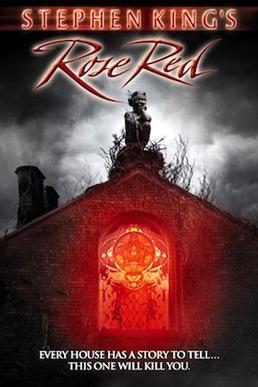
Rose Red is a 2002 American television miniseries scripted by horror novelist Stephen King, directed by Craig R. Baxley, and starring Nancy Travis, Matt Keeslar, Julian Sands, Kimberly J. Brown, David Dukes, Melanie Lynskey, Matt Ross, Emily Deschanel, Judith Ivey, and Kevin Tighe. It was filmed in Lakewood, Washington. The plot focuses on a reputedly haunted mansion located in Seattle, Washington, named Rose Red. Due to its long history of supernatural events and unexplained tragedies, the house is investigated by parapsychologist Dr. Joyce Reardon and a team of gifted psychics.
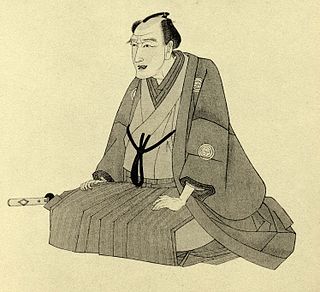
Santō Kyōden was a Japanese artist, writer, and the owner of a tobacco shop during the Edo period. His real name was Iwase Samuru , and he was also known popularly as Kyōya Denzō . He began his professional career illustrating the works of others before writing his own Kibyōshi and Sharebon. Within his works, Kyōden often included references to his shop to increase sales. Kyōden's works were affected by the shifting publication laws of the Kansei Reforms which aimed to punish writers and their publishers for writings related to the Yoshiwara and other things that were deemed to be "harmful to society" at the time by the Tokugawa Bakufu. As a result of his punishment in 1791, Kyōden shifted his writings to the more didactic Yomihon. During the 1790s, Santō Kyōden became a household name and one of his works could sell as many as 10,000 copies, numbers that were previously unheard of for the time.
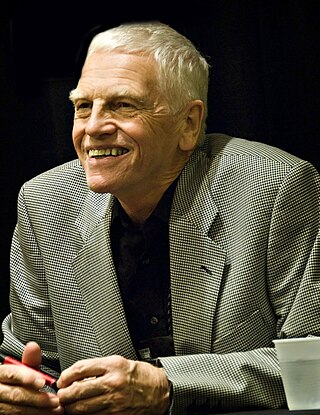
Peter (Harmer) Lovesey, also known by his pen name Peter Lear, is a British writer of historical and contemporary detective novels and short stories. His best-known series characters are Sergeant Cribb, a Victorian-era police detective based in London, and Peter Diamond, a modern-day police detective in Bath.
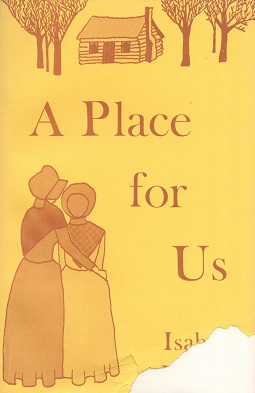
Patience and Sarah is a 1969 historical fiction novel with strong lesbian themes by Alma Routsong, using the pen name Isabel Miller. It was originally self-published under the title A Place for Us and eventually found a publisher as Patience and Sarah in 1971.
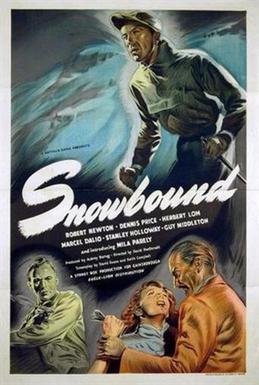
Snowbound is a 1948 British thriller film directed by David MacDonald and starring Robert Newton, Dennis Price, Stanley Holloway, Herbert Lom, Marcel Dalio and Guy Middleton and introducing Mila Parély. Based on the 1947 novel The Lonely Skier by Hammond Innes, the film concerns a group of people searching for treasure hidden by the Nazis in the Alps following the Second World War. The film's sets were designed by the art directors Maurice Carter and George Provis.
















